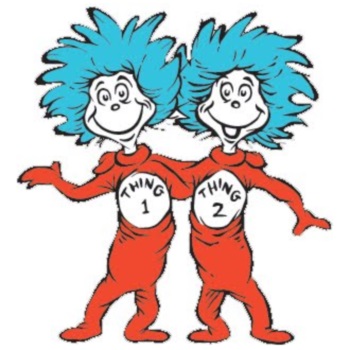Chris Crawford and I posted a (too-early) ranking of the top 30 prospects for the 2015 MLB draft, plus some honorable mentions. This isn’t a mock draft or projection, which I won’t do until May of next year. It’s just a ranking. And it’s too early to get all twitchy about it. But please read it anyway.
When Michael Ruhlman publishes a cookbook of any sort, I pay attention. My favorite food writer not only writes beautifully but approaches cooking methodically, thinking in ratios and master formulas, approaching food from standpoint of science. If, like me, you were reared in the kitchen on the shows of Alton Brown, you need to read the works of Michael Ruhlman as the next step in your culinary education.
Ruhlman’s Egg: A Culinary Exploration of the World’s Most Versatile Ingredient came out earlier this year, and it is devoted to that one indispensable ingredient, the one item in your fridge that really ties the whole room together. He approaches the egg from every angle, all the different ways you can prepare it on its own or use it as a building block in other recipes. That means you get instructions for all of the basic egg dishes – fried, poached, scrambled, hard- and soft-boiled, shirred, baked, and more. Ruhlman’s poaching technique is one I haven’t seen before, and it is easier to anything I’ve tried before, with better results.
The real value in the book, though, is the long list of techniques and recipes that use the egg as a building block. You’ve got the ones you’d expect – the hollaindaise (traditional and blender), the mayonnaise, the meringue, the custards – but also a huge series of dishes, especially cakes and desserts, that all rely on the egg for structure, emulsification, leavening, or cohesion. So while the book is about the egg, both how it works and how to use it, you’re getting a slew of useful recipes to put them to immediate use.
I’ve tried a handful of recipes already, with the typical high rate of success I’ve had from every Ruhlman cookbook I own. I posted a photo the other day of the corn-red pepper fritters I made from this book, a recipe that depends on the proteins in the egg to hold the batter together. Ruhlman’s a big fan of frying – responsibly, of course, working fast at a high temperature and getting the goods out before all the moisture is gone and they become sponges for oil. These fritters use a small amount of flour…
The dipping sauce is a chipotle-lime mayonnaise that you can make with store-bought mayo or with Ruhlman’s very simple homemade mayo recipe, which takes two minutes of whisking and will change everything you ever thought about mayonnaise. (I hate the stuff in the jar, but homemade is a sauce.) It’s also a great base for a long list of spreads or dips, many of which Ruhlman suggests.

A close second: the potato-onion frittata, easily the best frittata I’ve ever made and probably the best I’ve ever eaten. The technique is simple, but Ruhlman’s instructions are precise, and the contrasting textures between the potato and egg made it something between a frittata and a Spanish tortilla. It’s a highly extensible recipe – swap out the vegetables, the cheese (his recipe called for cheddar, but I used gruyère), the herbs, whatever. If you have six eggs and a good skillet, you can figure the rest out.
Ruhlman also includes a duck hash recipe that calls for a poached duck egg, a delicacy I have not yet spotted at any farmer’s market here or at Whole Foods. The hash itself is glorious – chopped duck confit (or braised duck legs if you prefer) with potatoes and onions and some herbs to finish it. It’s also extensible; hashes are, by nature, a way to use what’s left over in the fridge.
What I have not yet gotten to try from Egg is the lengthy list of desserts, some rather decadent. You’ve got your profiteroles and your brownies, of course, but you’ve also got chocolate/mocha cake, coconut cream cake, mango-lime semifreddo, bourbon brioche bread pudding, île flottante, and chocolate espresso Kahlua souffle. There’s also yet another recipe for homemade marshmallows, this one using honey rather than liquid glucose, which I assume is to keep the sugar syrup from crystallizing while you cook it to the soft-crack stage. So, needless to say, I still have some work to do.
If you don’t have Ruhlman’s Twenty, I’d suggest you get that before you pick up Egg, but really you should own both and Ruhlman’s Ratio too.
As a side note, amazon (to whom I always link, as their affiliate program provides nearly all the income I earn from this site, because I don’t and won’t belong to any ad services) is in a lengthy dispute with Ruhlman’s publisher, Little Brown/Hachette, over ebook pricing. You can buy the Kindle edition for $15, but if you want an indie bookstore option, you can buy Egg through that link, which uses a pretty new independent bookstore affiliate program I’m trying out. I’m still pretty pro-amazon in general, but if you who want to go a different route for ethical reasons, here’s an option.




